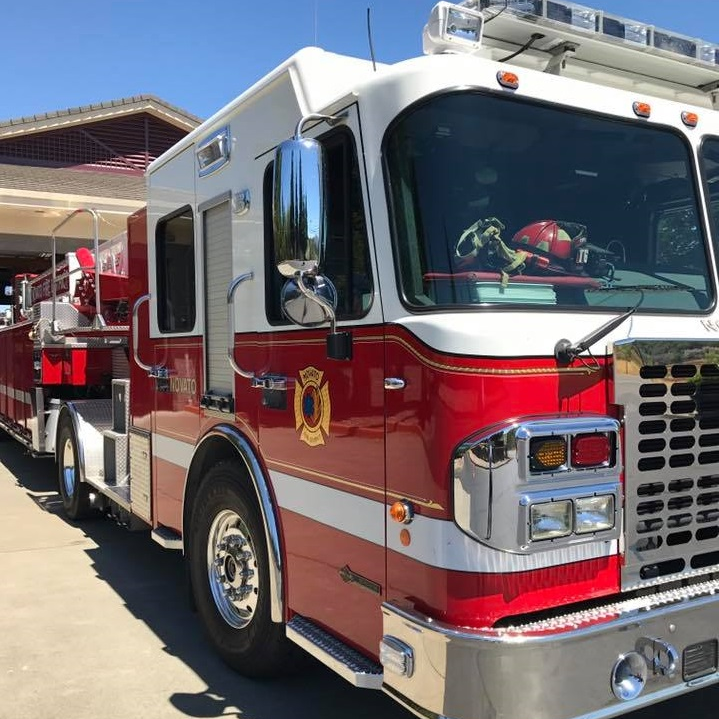

In terms of the variables related to the risk of wildfire occurrence, the temperature, vapor pressure deficit, grass cover, and the distance to roads are crucial. The wildfire season has lengthened and the peak months have been advanced from August to July. Over the past two decades, the frequency of small (< 500 acres), human-caused wildfires has increased most rapidly, and they are widely distributed in central and western California. The results show that the wildfire density distribution of the burned area in California conforms to the characteristics of the Pareto distribution. Furthermore, to extract the significant variables on the risk of wildfire occurrence, multivariate analyses of environmental and human-related variables with wildfire densities were carried out. The trend of wildfires in different time scales (yearly and monthly), as well as the distribution of wildfires across different spatial scales (administrative units, climate divisions in California from 2000 to 2019) were also studied. In this study, we first investigated the temporal distributions of past wildfires in California divided by size and causes and analyzed the changes observed in the past two decades against the last century. To minimize the interference of wildfires on economic and social development, and formulate targeted mitigation strategies, it is imperative to understand the scale and extent of previous wildfire occurrences. The environmental pollution, property losses and casualties caused by wildfires in California are getting worse by the year.


 0 kommentar(er)
0 kommentar(er)
